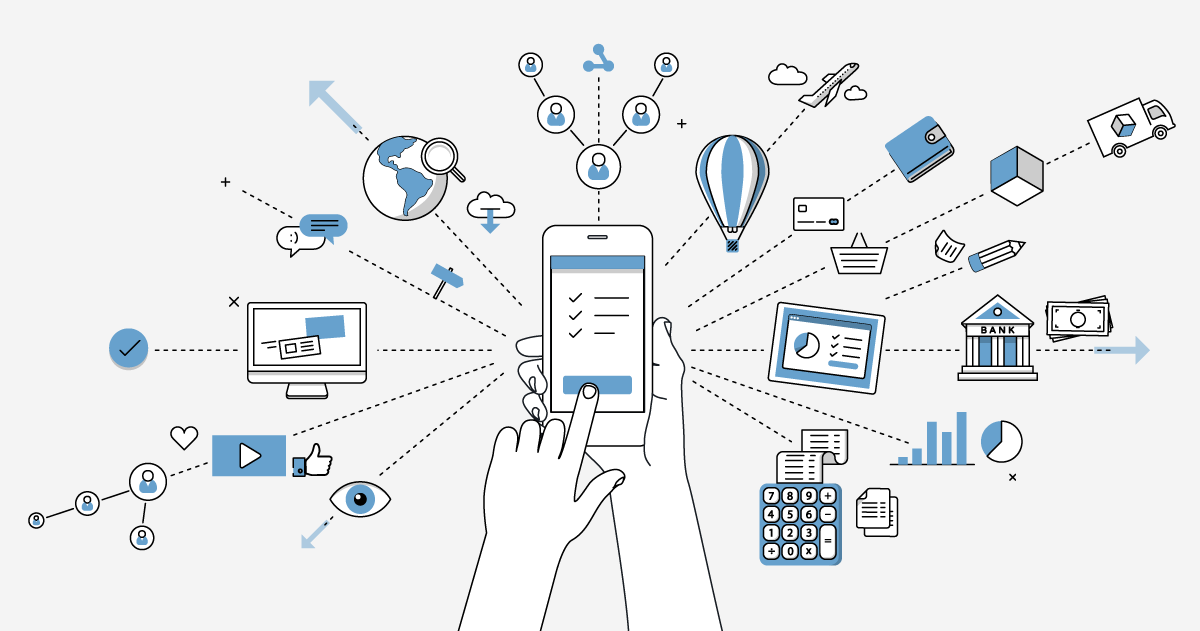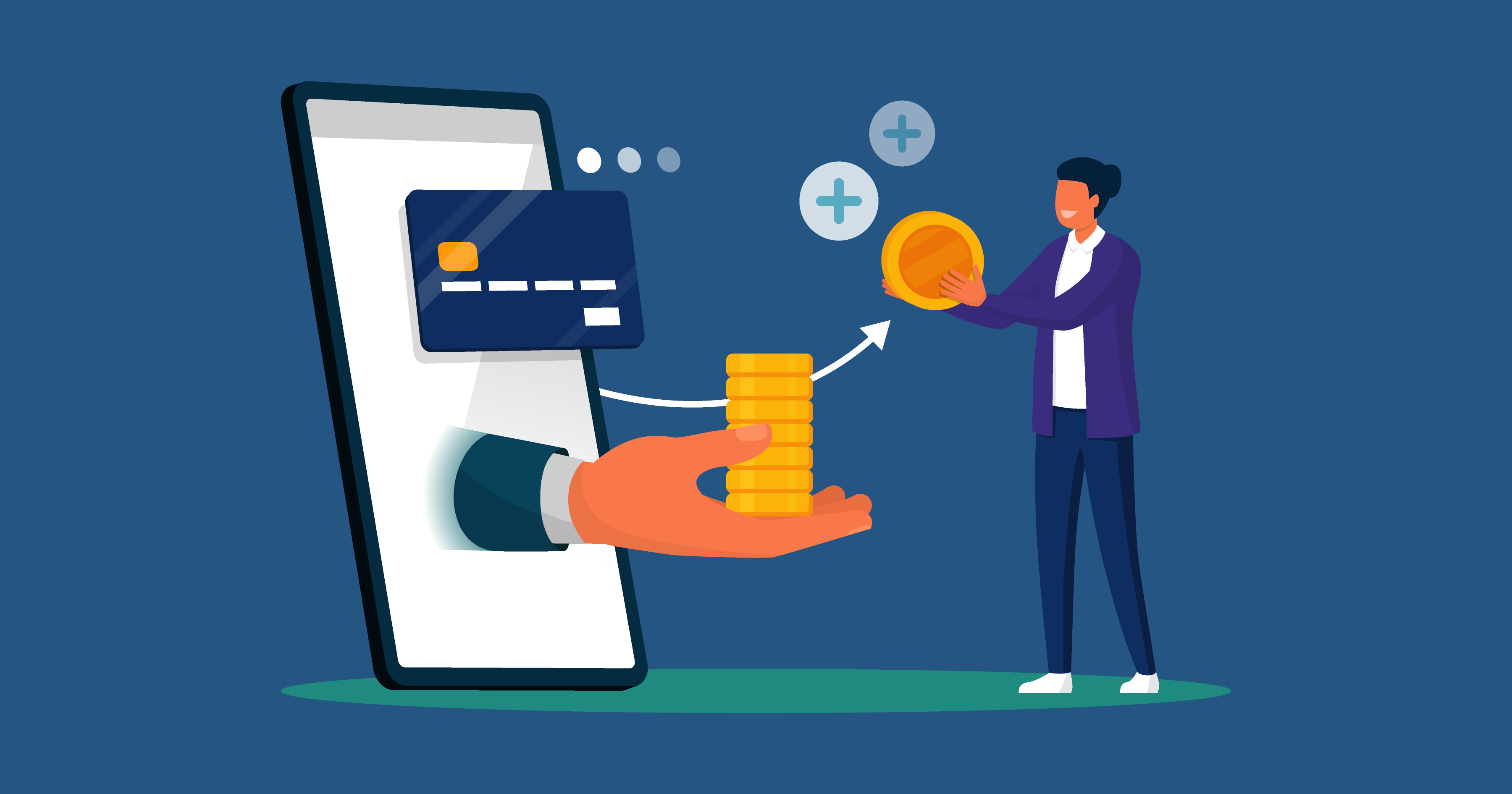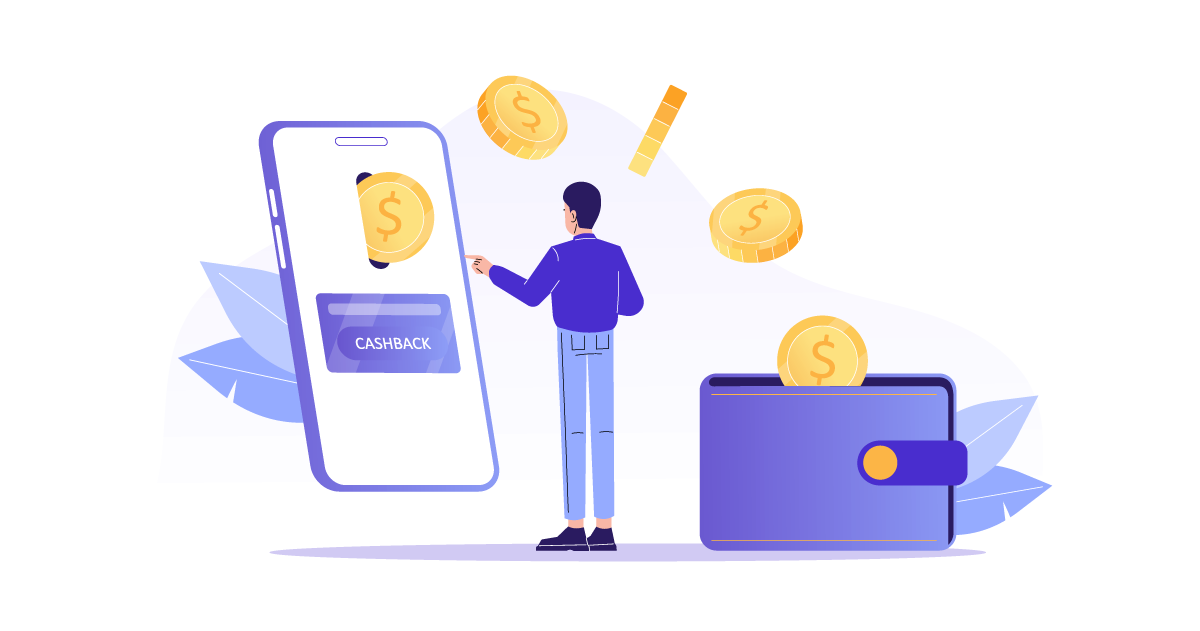The economy is booming largely because consumers are, well, consuming. How and what people consume, is forever changed, and one key element is at the center of it all: e-commerce.
US e-commerce grew 31% in 2020 compared to 2019, and another 22% in the first half of 2021 alone. People are shopping from their desktop and mobile devices at a rate-breaking records every month. They're not eating out; they're ordering in. They're not going to malls; they're ordering online.
Even as these big changes are happening, some things stay the same: Shopping cart abandonment rates remain stubbornly high at an average of 88%, and 77% of consumers say that discounts influence where they shop.
At the same time, there is cutthroat competition among merchants, who all want more and higher-quality consumers and are willing to pay for them with their bottomless, evergreen customer acquisition budgets. The net effect is that cashback rewards funded by these merchant budgets has emerged as one way to both capture new, and reward existing, customers.
So, what are the options for a bank, card issuer or fintech wanting to reward their customers with cashback for shopping at these highly receptive merchants? Here is a breakdown of two popular flavors of cashback rewards:
Card-linked offers
These are discounts that consumers get by linking their credit or debit card to a merchant’s offer.
Card-linked offers are usually category-specific, like “dining rewards.” The consumer has to sign up for the program, thus linking their card. Every time they eat at a participating restaurant and pay with the card that was linked to that restaurant’s offer, they get a discount on their purchase, and also earn cashback rewards on their card statement.
While easier to use than paper coupons, card-linked offers tend to be limited to categories credit card issuers care about the most: Travel, Dining, Retail, and Entertainment.
In fact, the credit card issuers do this type of offer better than anyone, and it surely helps them find high-quality businesses to create offers for cardholders.
On the flip side, anyone who is not a card issuer in this space tends to be app-based. In this case, consumers using an app with these offers may see a map of offers around them.
Card-linked offers don’t always provide a huge value to the customer, since they require opt-in and activation, and are frequently available in categories that people simply don’t shop regularly. Still, card-linked offers certainly have their place in the brick-and-mortar world for consumers who seek them out, and while the number of offers may be smaller, credit card issuers are very good at targeting customers with relevant reward offers based on their purchasing habits.
All of this creates a win/win/win: The consumer is happy, the merchant gets incremental volume, and the card issuer sees more transactions.
Shopping Portals
Another type of cashback reward available to consumers for shopping is by using a dedicated “shopping portal.” A shopping portal or shopping app is typically built as a way to add value for customers, and is usually accessed behind a login wall.
After arriving at a given shopping portal, the consumer sees a variety of attractive discounts available at online retailers. But here’s the catch - for consumers to activate an cashback reward offer through a shopping portal, a three-step process is required:
- The consumer has to start their shopping journey inside the app or online portal. This means the consumer has to consciously decide to go to the website, login, find the shopping portal, and then go shopping. This is not organic consumer behavior, and so, naturally only a fraction of consumers actually do this. Most companies who have shopping portals report less than 2% of their customers shop this way.
- Next, the consumer has to either pre-register for a cashback reward offer from a merchant (this is for attribution – the merchant wants to track that the consumer came from the associated shopping portal) or, if using one of the card-linked-offer apps, they have to click through from the app to the merchant website they want to buy from (instead of what 98% of consumers actually do, which is go directly to the merchant.)
- Once at the merchant website, the consumer has to remember to use the card they linked previously when they signed up for the app or shopping portal, otherwise they do not get the discount / cashback reward.
It's a lot to remember for the customer. And, it's good for them to be able to see all available offers at once. But using a shopping portal is not necessarily the best experience.
With so much friction in these two flavors of cashback rewards, it's no wonder so few consumers suffer through either one.
An alternative to high-friction cashback rewards: Shopping Companions.
There’s a better way. Nowadays, e-commerce cashback rewards must evolve to meet the customer where they are, and not force unnatural behavior for a customer to capitalize on a discount or activate cash back.
To this end, there is one way to engage consumers that is better than the two above, and that is to complement their existing shopping behavior with something akin to a real-time “shopping companion.”
With a shopping companion, a simple notification appears while the customer is shopping if cashback rewards or a discount is available at a merchant. Unlike using card-linked offers or shopping portals, to activate a real-time shopping companion, consumers need only add an extension to their desktop or mobile browser, and there is nothing more to do after that – they set it and forget it.
Then, whenever they go shopping at any merchants offering a discount or cashback reward, the shopping companion gives them a reminder, simply and easily without interruption, as they shop.
There is no card to link, no portal to start at, no app to download. A shopping companion that enables customers find money-saving (or earning) opportunities in their typical everyday shopping, is the lowest-friction way to capture the largest share of organic consumer commerce. It also offers the easiest form of cashback rewards that benefit your customers and increase their loyalty to your brand.
The next generation of deal-finding and cashback-rewards-notification shopping companions is already here. Today’s smart shoppers aren’t going to jump through any more hoops to get rewards: they'll either abandon their cart, or worse, go to a competitor. So it’s important to recognize modern consumer behavior, and consider the pros and cons of each type of cashback reward implementation as you’re evaluating your options for loyalty programs.





